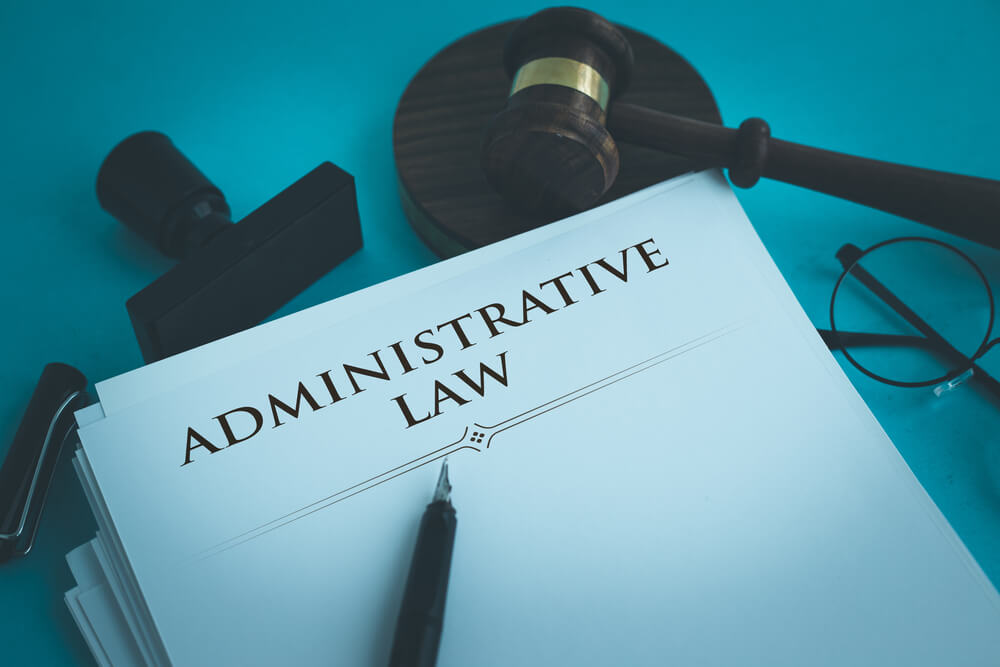Unveiling the Core of Administrative Law: Judicial Review of Administration
In the intricate web of administrative law, the heartbeat resonates in the form of judicial review of administration. This facet serves as the linchpin, offering a methodical inquiry into the legal competence of public authorities. Within this realm, the judicial process scrutinizes various aspects of official decisions or administrative acts, ranging from the competency of the authority to the fairness of procedures and the motives driving administrative decisions. Let’s unravel the intricacies of judicial review, exploring its significance, scope, and international variations.

The Crucial Aspects Under the Judicial Lens
When it comes to the judicial review of administration, several critical aspects come under scrutiny. These include the legal competence of public authorities, the extent of their legal powers, the fairness of procedures, the evidence considered in decision-making, and the nature and scope of discretionary power. Courts or tribunals with broad jurisdiction can potentially invalidate administrative acts or decisions on these grounds. However, it’s important to note that judicial review is less effective in evaluating the wisdom, expediency, or reasonableness of administrative acts. Courts are reluctant to substitute their decisions for those of the responsible authorities in these matters.
International Variations in Judicial Review
The landscape of judicial review varies across the globe. Countries like Sweden and France have embraced comprehensive judicial review, subjecting the exercise of discretionary powers to scrutiny, with certain exceptions for matters of foreign affairs and defense. On the flip side, in some jurisdictions, the focus is primarily on procedural aspects rather than delving into the substance of the decision.
Practical Considerations and Prima Facie Cases
The impracticality of subjecting every administrative act to investigation is recognized, as it would lead to unacceptable delays. Therefore, a complainant must establish a prima facie case of maladministration to trigger the scrutiny of judicial review. This ensures that only cases with substantial merit undergo the review process, striking a balance between accountability and efficiency.
Limitations of Judicial Review
It’s crucial to understand the limitations of judicial review. While it can scrutinize administrative actions, it cannot compel the state to act in a specific way. Courts lack the authority to impose sanctions on the government, as the government controls the use of force. Remedies such as injunctions, orders for specific performance, or mandamus do not apply against the central government. Despite these limitations, governments, even revolutionary ones, generally respect the decisions of authorized courts or tribunals, emphasizing the importance of upholding the lawfulness of their regimes.
National-Level Dynamics: Common-Law Model
At a national level, the dynamics of judicial review are deeply influenced by a country’s history, politics, and constitutional theory. Three major systems emerge: the common-law model, the French or council of state model, and the procurator model.
The Common-Law System: A Historical Perspective
Originating in England during the Middle Ages, the common-law system witnessed a constitutional struggle between the Stuart kings and judges in the 17th century. This struggle revolved around the judges’ right to decide questions affecting royal power and pronounce independent judgments in cases involving the king’s interests. The tension between Chief Justice Sir Edward Coke and King James I highlighted the resistance against subordinating the judicature to the royal will.
Adapting to Modern Realities
Fast forward to modern times, the common-law system continues to play a significant role in shaping administrative law. The struggle for a balance between the powers of the executive and the judiciary persists. The evolution of this system reflects a delicate dance between respecting the prerogatives of the government and upholding the independence and authority of the judiciary.
Navigating the Complex Terrain of Administrative Law
the judicial review of administration stands as the cornerstone of administrative law, providing a methodical framework for evaluating the legal competence of public authorities. As we navigate the complexities of administrative law, understanding the scope, limitations, and international variations of judicial review becomes paramount. The delicate balance between governmental powers and judicial independence remains a dynamic challenge, shaping the very foundations of legal systems worldwide. The evolution of these systems, rooted in historical struggles and adapting to modern realities, underscores the enduring significance of judicial review in ensuring the accountability and fairness of administrative actions.
Unraveling the Threads of Constitutional Conflict
In the annals of legal history, a generation after the contentious constitutional conflict unfolded, the relationship between judges, lawyers, and Parliament shifted dramatically. A united front emerged against Charles I, leading to the establishment of judicial independence. This historic transformation laid the foundation for a singular legal system to which all owed obedience. The executive’s powers were no longer inherent but subject to the rule of law, and legislation had to emanate from the crown in Parliament. The judiciary was tasked with safeguarding the subjects against executive overreach, giving rise to the belief that “government” and “law” were at times perceived as opposing forces.
The Separation of Powers and the Rule of Law
This era solidified the principle that the executive should refrain from interfering with the judiciary’s functions, embodying one of the few strict applications of the separation of powers in England. Simultaneously, it became accepted that the judiciary could and should intervene when a minister or a department acted illegally. The concept of the rule of law became intertwined with the idea that judges, in ordinary legal proceedings, could pronounce upon the lawfulness of executive activities. Attempts to distinguish between public and private law were viewed as threats to the law’s universality and its ability to restrain the executive.
Global Perspectives on Judicial Review
The principle that public authorities are subject to judicial scrutiny gained traction wherever the common law prevailed, including the United States. Despite the Founding Fathers’ strict interpretation of the separation of powers, the U.S. system incorporated checks and balances, strengthening the courts’ authority to review executive actions. In the common-law world, this expanded role of the courts in reviewing administration was adopted without explicit debates on the separation of powers or the necessity of checks and balances. However, concerns arose in post-World War II Britain about the courts’ ability or willingness to question the growing powers of governmental bodies due to the absence of an explicitly defined role for the courts.
Transformation and Modification of the Common-Law System
The common-law system underwent significant modifications in the 20th century, aligning it more closely with the realities of the British situation. The Crown Proceedings Act (1947) paved the way for suing ministers and their departments in tort, challenging the age-old notion that “the king can do no wrong.” Simultaneously, the surge in state-provided social services led to the creation of administrative tribunals tasked with resolving disputes between government departments and citizens.
Administrative Tribunals: A Shift in Adjudication
These tribunals, dealing with specialized functions such as social insurance, health services, and land acquisition, presented a departure from the strict and complex rules of evidence in traditional courts. They offered a more affordable, informal, and rapid alternative for administrative adjudication, with members possessing specialized knowledge in their respective fields. The tribunals introduced flexibility in considering new social standards and moral considerations in decision-making. While these bodies operate under the general supervision of the Council on Tribunals, their movements remain somewhat uncoordinated.
Challenges and the Quest for Comprehensive Administrative Jurisdiction
Despite the commendable work of administrative tribunals, a comprehensive administrative jurisdiction permitting judicial review over the entire spectrum of executive action is still lacking in Britain. The evolving landscape necessitates a closer examination of the checks and balances required to ensure accountability and fairness.
Conclusion: A Journey from Conflict to Accountability
The journey from constitutional conflict to the establishment of judicial independence has been a remarkable evolution. The principles of the separation of powers and the rule of law have shaped the relationship between the executive and the judiciary, fostering accountability and fairness. The expansion of administrative tribunals has brought flexibility to adjudication but has also raised questions about coordination and comprehensive jurisdiction.
As we reflect on this historical journey, the need for a balanced system that respects the powers of both the executive and the judiciary becomes evident. The ongoing challenges underscore the importance of continued dialogue and evolution to meet the demands of a changing legal landscape. The story of judicial independence is one of adaptation, resilience, and the quest for a legal system that upholds justice while navigating the complexities of governance.






